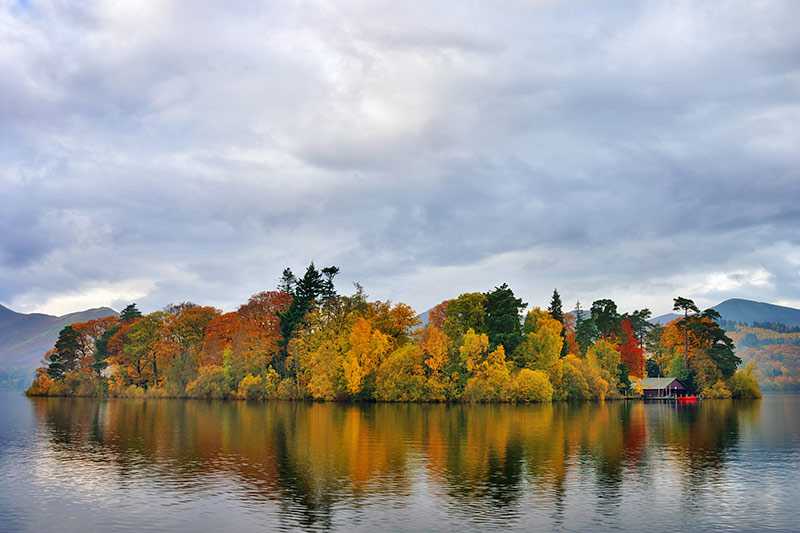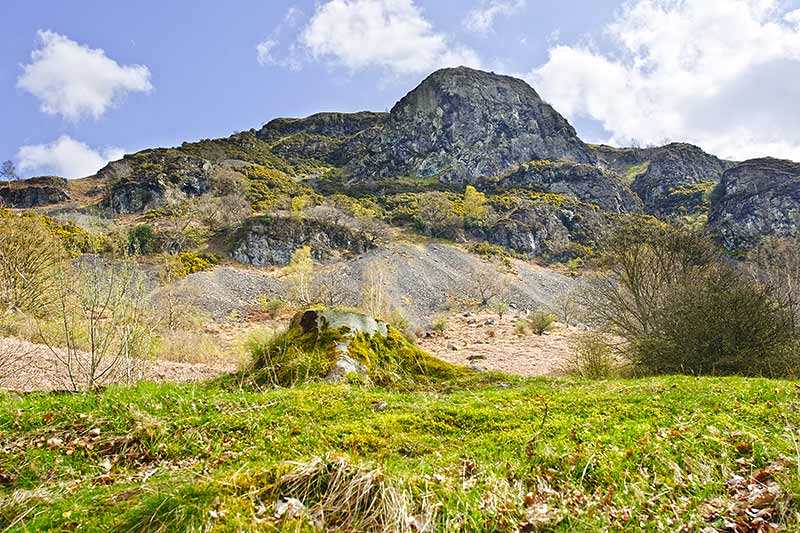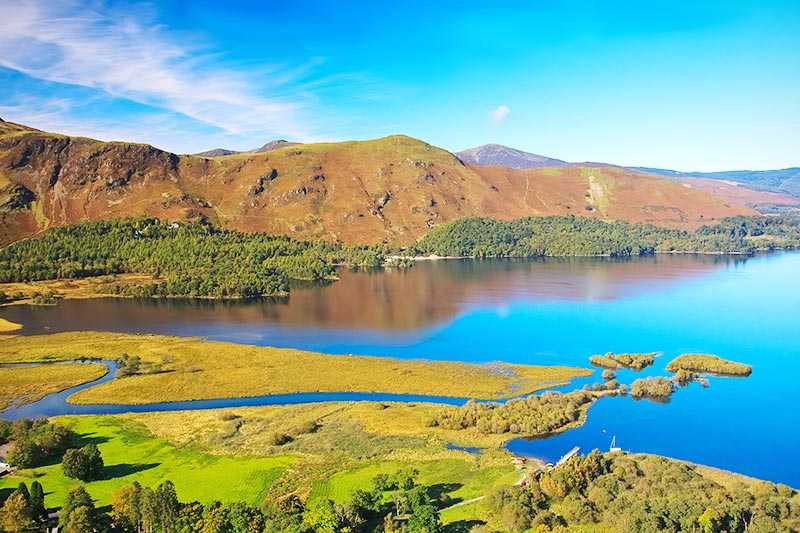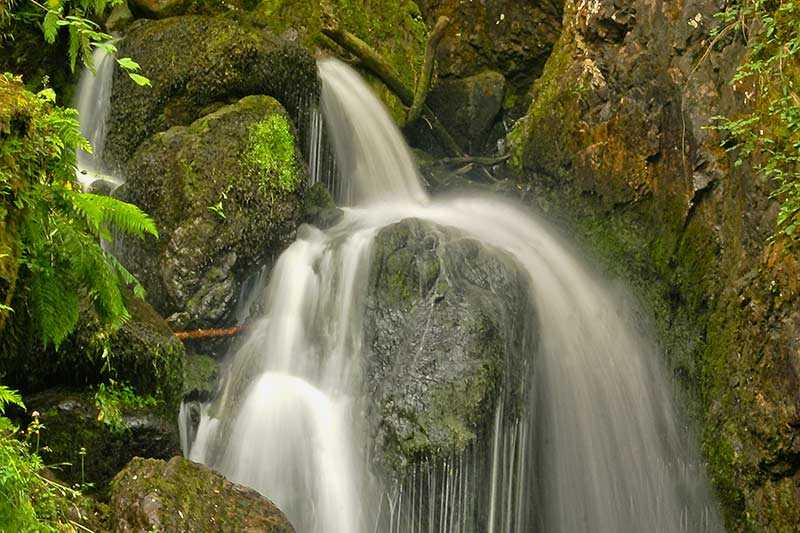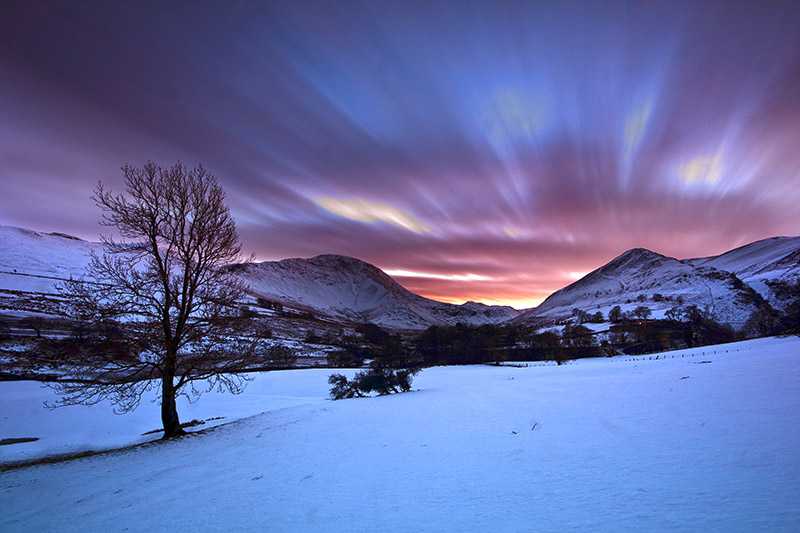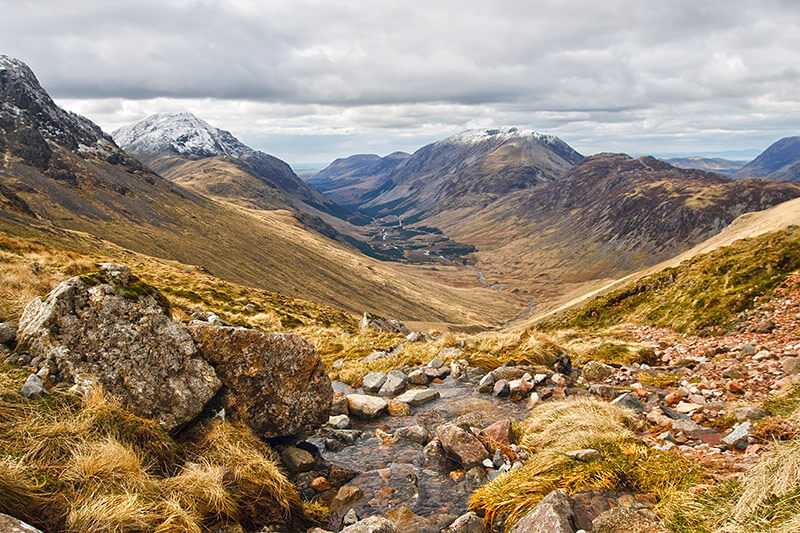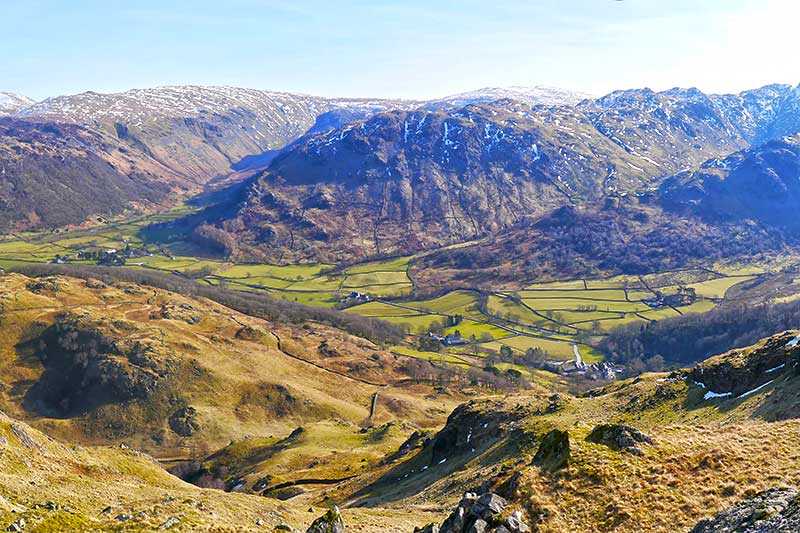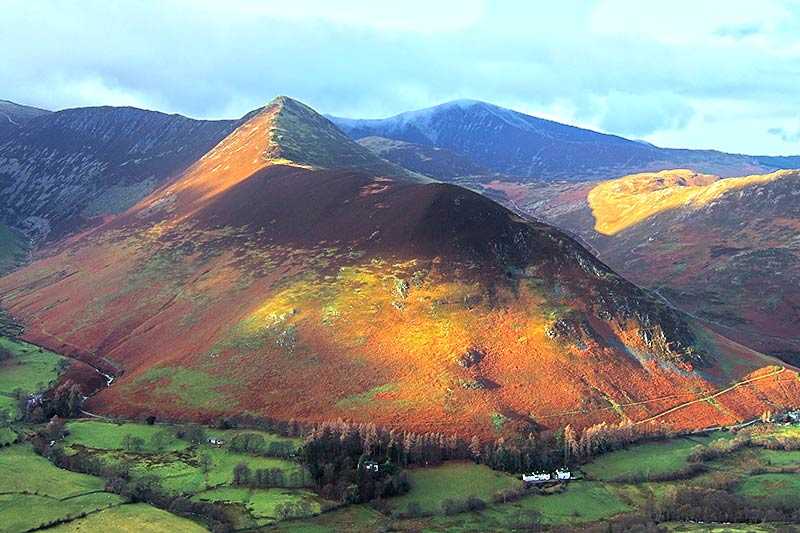Derwentwater
Known as the “Queen of the Lakes”, Derwentwater is the third largest in the Lake District, spanning three miles in length and is about a mile wide. Unusually for one of the larger lakes, it is also...
Known as the “Queen of the Lakes”, Derwentwater is the third largest in the Lake District, spanning three miles in length and is about a mile wide. Unusually for one of the larger lakes, it is also fairly shallow – only around 23 m (~75 ft) at its deepest point – which has advantages for those who like to fish for perch, trout, roach and pike. The lake is also the last remaining native habitat...
Things to do near Derwentwater
Attractions near Derwentwater
Activities
About Derwentwater
Known as the “Queen of the Lakes”, Derwentwater is the third largest in the Lake District, spanning three miles in length and is about a mile wide. Unusually for one of the larger lakes, it is also fairly shallow – only around 23 m (~75 ft) at its deepest point – which has advantages for those who like to fish for perch, trout, roach and pike. The lake is also the last remaining native habitat of the vendace, a freshwater whitefish and now officially Britain’s rarest fish.
But Derwentwater more typically stands out for its natural beauty and its links with literature and history. The area is outstandingly beautiful, surrounded by fells, and many of the slopes leading down to Derwentwater are densely wooded. The views are perhaps best seen from the lake itself and there are seven lakeside marinas for stops by the regular passenger launches that operate there. There’s also an extensive network of footpaths within the fells and woods surrounding the lake for those who want to explore more freely.
The four islands in the lake contribute to the area’s historical importance. For example the largest island, St Herbert’s, was named for the saint who brought Christianity to the area in 685 AD. The remains of his hermitage can still just be picked out among the island’s undergrowth. Derwent Island was once owned by the monks of Fountains Abbey. It’s now owned by the National Trust, which allows visitors on five days of the year.
